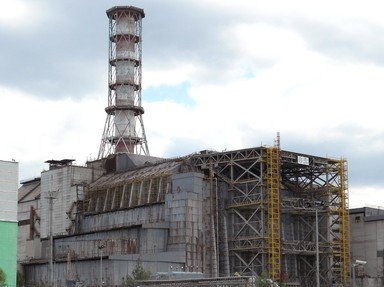Quiz Answer Key and Fun Facts
1. Let's start with the first of these three accidents, Three Mile Island. When did the accident happen?
2. The Three Mile Island accident happened in Pennsylvania. The reactor had a number of automated safety systems. Clearly, all did not go as the designers expected. What went wrong with the automated safety systems?
3. There was a lot of debate on the radiation releases from the accident at Three Mile Island. What was the final conclusion on the magnitude of the public exposure?
4. How much response was there from the government and nuclear industry regarding the Three Mile Island accident?
5. Let's turn to the Chernobyl accident which happened in 1986. The Chernobyl power station had four RBMK reactors. RBMK is a Russian acronym. The accident occurred in Unit 4, the newest of those at the station. How much are the normal modern Western nuclear power reactors like the RBMK reactors?
6. In addition to the lack of containment what other feature of the RBMK design magnified the radioactive material releases from Chernobyl?
7. The radiation releases from the Chernobyl accident are expected to be the major cause of death in the surrounding population for years to come.
8. Now the Fukushima reactors in Japan. How did the earthquake cause a loss of control of the power level of the operating reactors?
9. Why didn't the Fukushima plant systems which were designed to keep the nuclear fuel cool work?
10. The damage at the nuclear power plants was the most important thing in the Japanese earthquake.
Source: Author
MicjealS
This quiz was reviewed by FunTrivia editor
bloomsby before going online.
Any errors found in FunTrivia content are routinely corrected through our feedback system.

